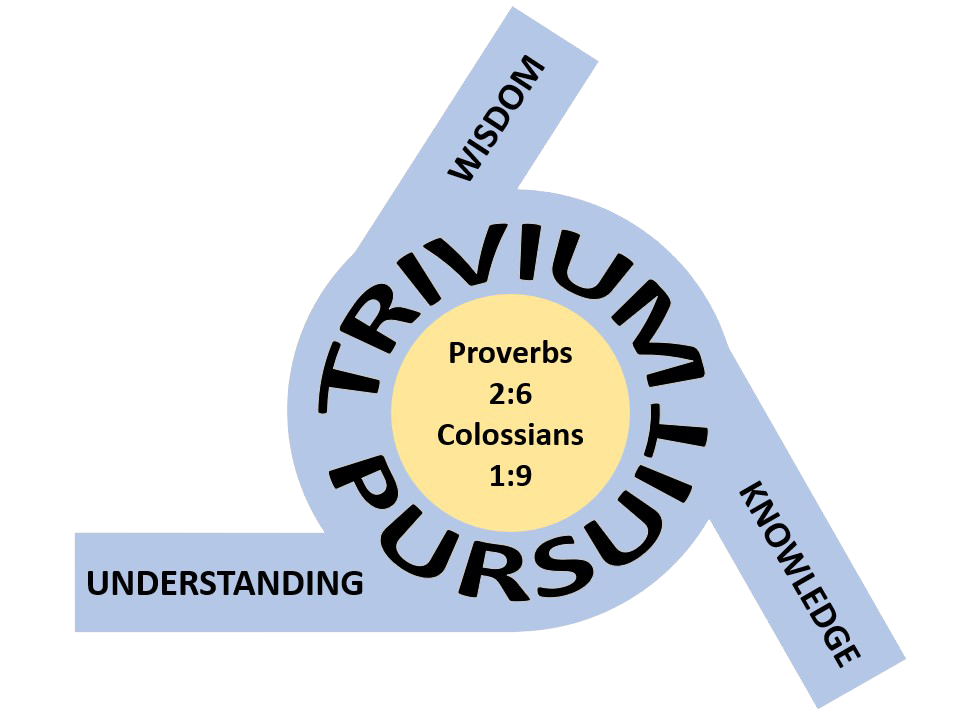Here is my review of the Holman Christian Standard Bible (Nashville: Holman Bible Publishers, 2004).
The Sunday School Board of the Southern Baptist Convention originally planned to use what has become the Holman Christian Standard Bible as a replacement for the NIV. They originally chose Arthur Farstad (who edited the New King James Version) as general editor. Edwin Blum replaced Farstad after Farstad’s death. The translation team had a large representation of Southern Baptists. The stated concern which motivated the translation was that modern Bible translations were conforming themselves to the culture and to political agendas, whereas culture and agendas should be conforming themselves to the Bible.
1. The textual basis of the HCSB is the Nestle-Aland Greek text. In my opinion, the N-A Greek text does not follow Biblical criteria for evaluating witnesses. From my point of view, this is a measurable defect.
2. The method of translation claims to strike a balance between Formal Equivalence and Dynamic Equivalence, using what it calls Optimal Equivalence. It marks with lower corner brackets many of the words which were added for sense or style. In practical terms, it tries to be less literal and more interpretive than an interlinear, but more literal and less interpretive than the NIV.
3. The English literary style of the HCSB is simplified English, both in structure and choice of vocabulary, though it does retain some theological vocabulary. It uses contractions, omits words and expressions which the editors thought were redundant, and substitutes nouns for pronouns or pronouns for nouns to remove ambiguity. Its English prose style is not proper and dignified, but it is perhaps a little more formal than conversational English. The translation is more gender-neutral than either the NASB or the NIV (but less than the TNIV).
The HCSB has a large number of footnotes which offer alternate translations or more literal translations of the text. There are also some marginal notes on different manuscript readings.
The HCSB is nicely formatted with paragraphing, poetic lining, bold quotations, italicized foreign words, descriptive headings, inter-marginal cross references, and bullet notes which explain certain words.
My overall impression is that the HCSB is a very readable but not a very quotable translation. I have found some places where, in my opinion, the translation was exceptionally good, and other places where it was not so very good. Overall, I do not think it represents a good literary standard for others — particularly students — to memorize and follow. I do appreciate very much the attempt (within the limits of the translation’s own presuppositions) to mark those words which were added for sense and style, and by supplying an abundance of more literal or alternate translations in the footnotes. But, in my opinion, it falls too far short on textual base, method of translation, and literary style. I wouldn’t make it my main English translation, but it may be worth keeping around for purposes of comparison.
Harvey Bluedorn

0 Comments